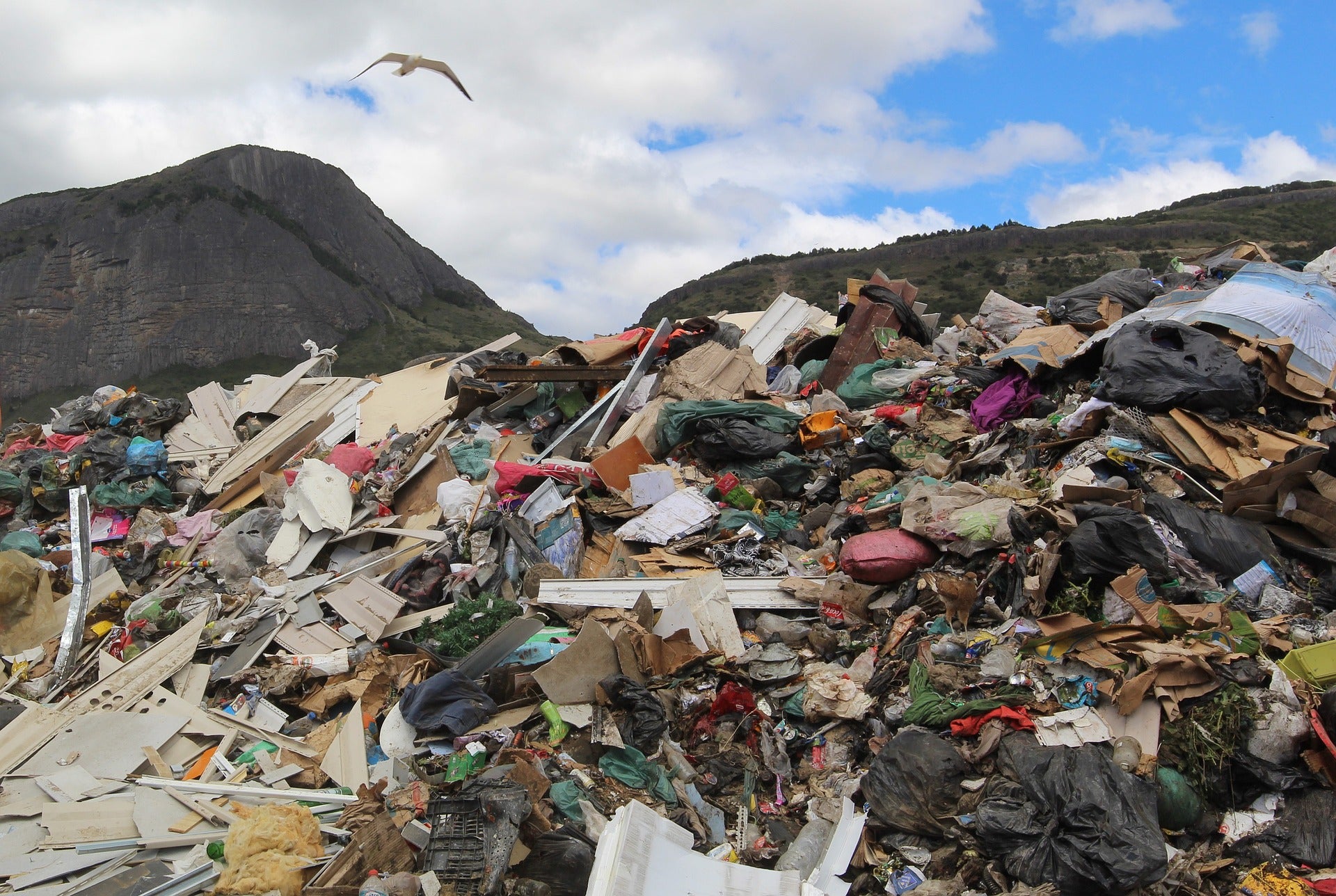SUISTAINABLE FASHION
IN 2023
Sustainable fashion was first introduced to contemporary culture by the hippies in the 1970s, who preferred secondhand, handmade, locally-grown and pesticide-free apparel. The movement slowly gained traction until 2013 when the horrific Rana Plaza tragedy occurred in Bangledesh and brought the spotlight on garment manufacturing’s inhumane and unethical conditions. Along with horrible working conditions, consumers became more aware of the fashion industry’s excessive contribution to waste, emissions and consumption.
With 2022 coming to a close, let’s go over what the fashion community and governments worldwide have done to improve fashion sustainability over the course of the year and discuss what’s in store for 2023.
FASHION SUSTAINABILITLY IN 2022
It is no secret that traditional textile dyeing methods devastate the environment and pose serious health risks to people.


(source)
Thanks to tough new legislation in China in 2021, just about every company involved in manufacturing synthetic dyes has since halted operations. Because of these closures, along with more strict and effective environmental regulations and laws, the fashion industry has had to shift to greener solutions for textile dyes. Newer, eco-friendly techniques include the use of Ecofoot hybrid pigments, Recycrom powder dyes, ECOFAST Pure cotton pretreatment, ColorZen raw cotton pretreatment, Colorfix microbes and Avitera fabric dyes.
From the individual bags the clothes are packaged in, to the box or bag your order comes with, online orders are usually full of plastic and much of it is discarded immediately upon arrival.
 (source)
(source)
In the past year, fashion companies have made an effort to use more sustainable packaging, especially after the rise of e-commerce during the pandemic. Not only has packaging design become more minimal, but big fashion brands, like Gucci and Burberry, are now using greener materials for their packaging. Packaging manufacturers, like The Better Packaging Company, are offering compostable and recycled alternatives, including bags, mailers, liners, labels and tape.
Long after the Rana Plaza tragedy, garment workers are still forced to work over 60 hours per week and getting paid very low wages.
 (source)
(source)
Effective January 1, 2022, Senate Bill 62 in California requires factories to pay garment workers hourly wages, as opposed to payment for every piece produced. This holds fashion companies liable for wage theft in their supply chains, imposing $200 in compensatory damages per employee for each pay period in which they are paid by the piece rate. This precedent is now a blueprint for change in the industry globally.

Across the pond, on June 22, 2022, the European Union established the new Ecodesign for Sustainable Products Regulation (ESPR), a directive to improve transparency in the products intended for sale on EU markets.
 (source)
(source)
Business are required to provide the amount of non-sustainable raw materials used and the energy and resource efficiency in making the item as well as the product’s durability, recyclability, and carbon and environmental footprints. Businesses would also need to disclose how much waste they produce if any unsold items are taken off the market.
WHAT'S IN STORE FOR 2023
Earlier in 2022, a coalition in New York proposed the Fashion Sustainability and Social Accountability Act. If it passes, the bill will hold all big brands, like Prada, Armani and Zara, accountable for their social and environmental impacts. Fashion companies that generate more than $100 million in revenue and sell their products in New York will need to disclose at least 50% of their supply chains, greenhouse gas emissions, water footprint, chemical use, and the total volumes of materials they produce, as well as median worker wages and responsible business conduct.
On the U.S. federal level, the proposed FABRIC Act (Fashioning Accountability and Building Real Institutional Change Act) will put into place major new workplace protections and manufacturing incentives, propelling the country as the global leader in responsible garment production. The new bill demands records to be kept throughout the industry and ensures fair hourly wages as well as fines for violating labor laws. Companies that bring their garment production back to the United States will get a 30% tax reduction, because doing so will reduce excessive emissions from importing apparel.
If the Fashion Sustainability and Social Accountability Act and the FABRIC Act pass, we’re going to see an unprecedented positive impact in the fashion industry on a global, systemic level.
Metiseko’s Sustainable Future



Looking ahead to 2023, Metiseko will collaborate with Piktina, a sustainable fashion platform in Vietnam, by listing products on their app and joining their offline events, such as fashion shows and workshops. We will also start the process of getting GOTS-certified and look into becoming a BCorp ambassador brand.
Next year is also the 50th anniversary of diplomatic relations between Vietnam and France, as well as Vietnam and the Netherlands. The French event will focus on lifestyle and fashion, while the Dutch event will focus on sustainability. We have been invited to participate in sustainable fashion events, conferences and fashion shows at both celebrations.
BOTTOM LINE
Although the public has a great interest in sustainable fashion, the industry can only make tangible progress with deep, systemic change. We are seeing improvements in 2022, but not at an ideal rate. Newer technology is yet to be widely iimplemented, workers remain underpaid and transparency remains elusive. With governments worldwide taking action, we hope to see the fashion industry as a whole taking conscious steps to manufacture in a way that’s more friendly to the planet and its inhabitants.
